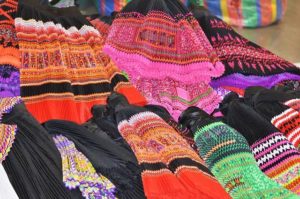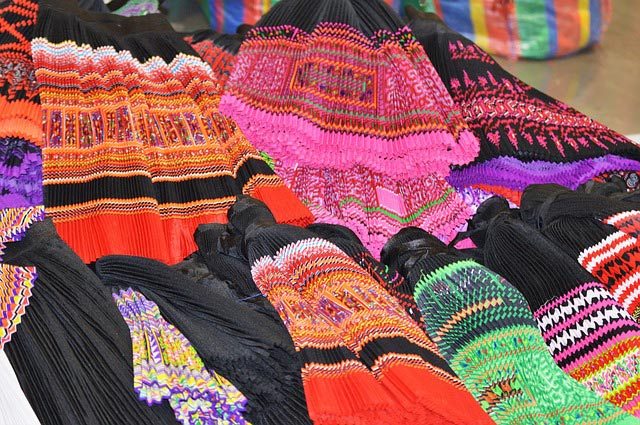If you are a curious person, always searching for new, interesting facts and you happen to have a passion for languages and translation – then this article is for you! We’ve all heard that languages have various nuances and we are somehow used to this phrase. Today we’ll take you on a tour with a language that has true colors and it is an interesting fact that its dialects are named after different colors. We are showing you the colors of Hmong.
Hmong is a dialect continuum of the Hmongic languages, spoken by almost 3 million people in Sichuan, Guangxi, Hainan, northern Vietnam, Thailand, Laos, and the USA. When a language is referred to as a dialect continuum, it means that it has different dialects across different territories that might strongly differ in sound and vocabulary.
The history of Hmong people and their language
The Hmong language is a language that dates back to almost two centuries ago. It is complicated to trace back the exact time when the dialect originated as the Hmong people have made significant alterations to the language during the centuries.
Author Natalie Jill Smith wrote in her study[1] that the Quing Dynasty had caused a previous Hmong writing system to disappear by introducing a law that forbade the use of it in the late 1600s. There is an old Hmong folktale saying that after the law had been introduced, a lot of important information had been written down in Hmong in a treasured book. The book unfortunately got eaten by rats and cows and thus the Hmong language became an oral dialect from that point onwards.
In the 1950s, however, a Christian missionary created a new written Hmong language using the Romanized Alphabet.
The colors of Hmong
 Hmong has a lot of dialects but the ones that are used by most Hmong are the Hmong Daw (White Hmong) and Mong Njua (Green Hmong). Their names are inspired by the colors of the traditional women’s attire in these groups.
Hmong has a lot of dialects but the ones that are used by most Hmong are the Hmong Daw (White Hmong) and Mong Njua (Green Hmong). Their names are inspired by the colors of the traditional women’s attire in these groups.
The difference between these dialects is not only in the colors they use to name them. Some say that the different vocabulary those languages have resembles the comparison between British and American English.
Hmong grammar and interesting facts
As we have already mentioned above since the 1950s Hmong people use the Romanized Alphabet. However, a common mistake when trying to read Hmong is trying to pronounce it according to English transcription. The letters really are the same but remember that Hmong is a separate language with its own rules:
– “Hello” would be Nyob zoo, which is pronounced as nyaw zhong.
Another detail about Hmong that usually surprises people is the fact that the language may sometimes use up to five verbs to describe a single action!
– Yam zoo tshaj plaws, nej yuav tsum mus nrhiav nug xyuas saib luag muaj kev pab hom dab tsi nyob ncig ib cheeb tsam ntawm nej – ‘The best thing you can do is to go seek, ask, examine, look (explore) your neighborhood and find out what services are available.’
Verbs in Hmong don’t provide any information about the time an action takes place. Instead, Hmong uses adverbs to give details about when an event has happened:
– Nag hmo kuv mus tom khw. – “Yesterday I go local market”
How can this information benefit you?
At first glance, Hmong seems to be just a small exotic dialect. In reality, there are numerous people that speak Hmong as their second language all around the world. There are large Hmong societies in Vietnam, Laos, Minnesota, California, and Wisconsin.
You never know when you are going to find yourself at one of their Festivals or talking to a representative of the Hmong people!
[1] Ethnicity, Reciprocity, Reputation and Punishment: An Ethnoexperimental Study of Cooperation among the Chaldeans and Hmong of Detroit (Michigan)
